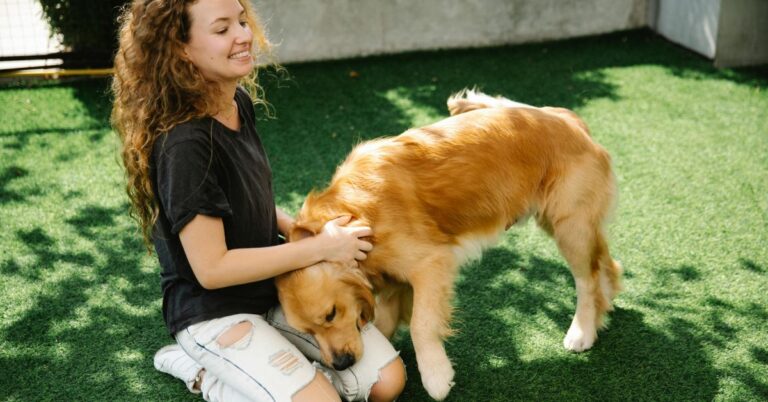15 Dog Breeds That Can’t Handle Hot Weather
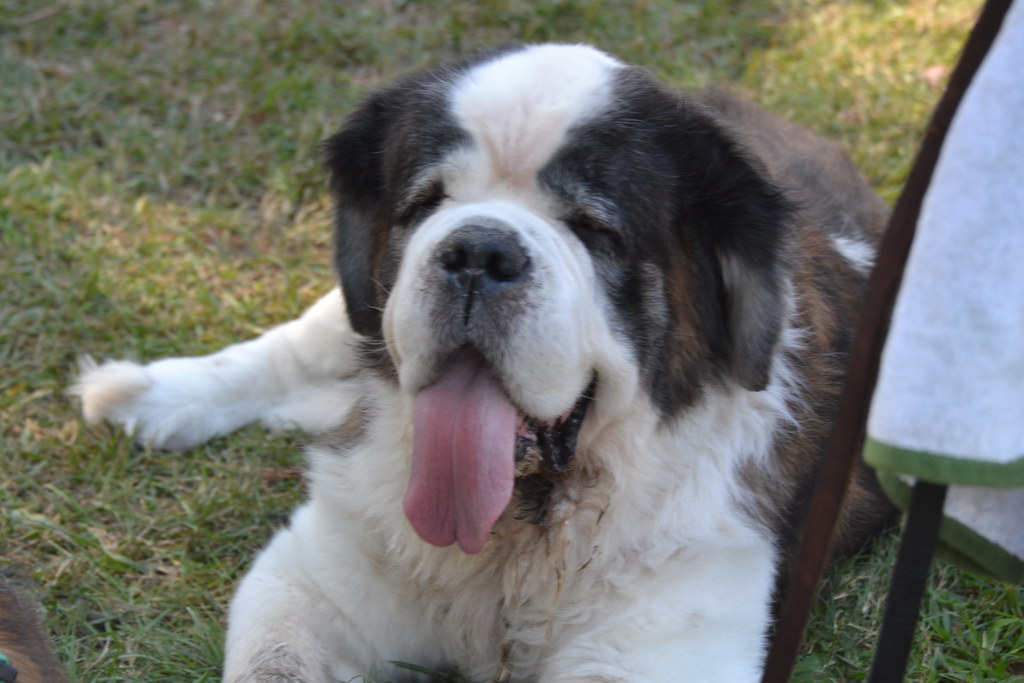
While some dogs are built for sunshine and sandy beaches, others are much better suited for chilly climates. Certain breeds have thick coats, short noses, or low tolerance for heat, making summer a real challenge for them. If you live in a hot or humid climate, it’s important to know which breeds struggle in the heat. Here are 15 dog breeds that can’t handle hot weather and need extra care when temperatures rise.
Siberian Husky
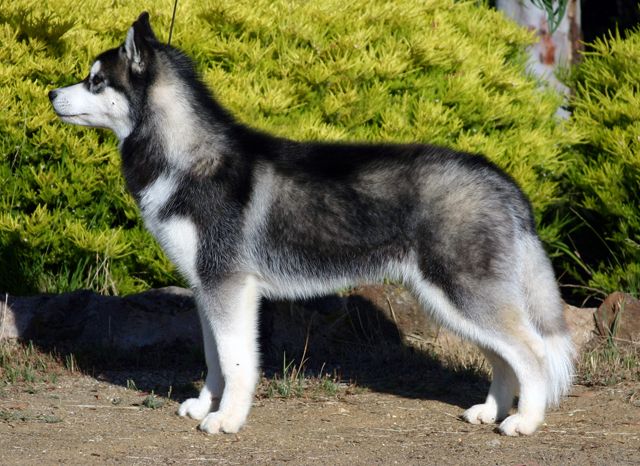
Siberian Huskies were developed to work in freezing temperatures, pulling sleds over long distances. Their double-layered coat insulates them against the cold but becomes a serious problem in hot climates. They are extremely active dogs who love to run, but warm temperatures can quickly wear them out. Without constant shade, water, and rest, they can easily overheat and become lethargic or ill.
Alaskan Malamute
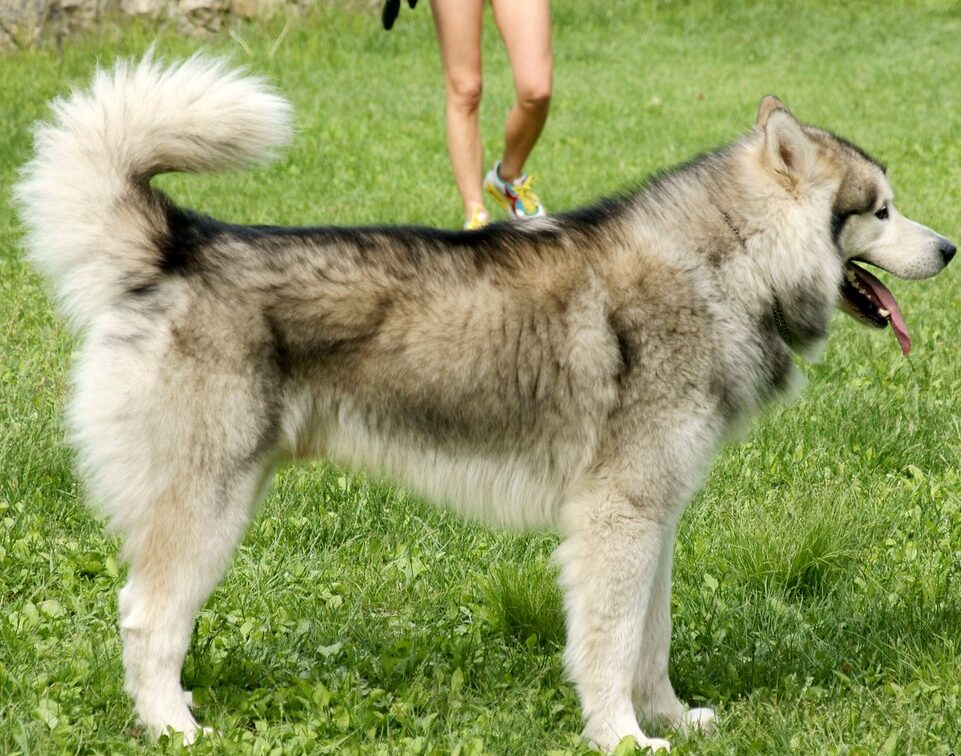
The Alaskan Malamute has an incredibly dense coat that was designed for Arctic expeditions, not summer strolls. Their thick fur traps heat and makes it difficult for them to regulate their body temperature in warm weather. They may enjoy outdoor adventures, but those should be short and always accompanied by cool-down breaks. In warm or humid climates, these dogs often struggle just walking a short distance.
Saint Bernard
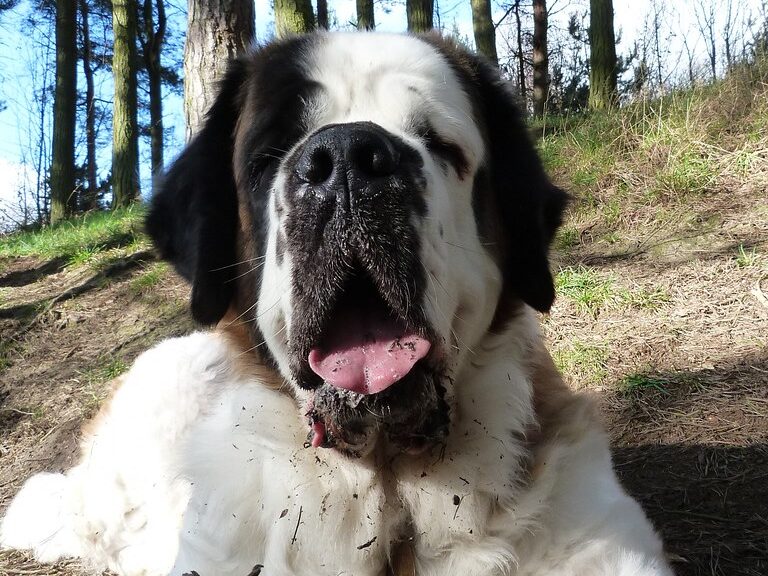
Saint Bernards were originally bred to rescue stranded travelers in the snowy Alps. Their massive size and heavy coat make them prone to overheating, even in moderately warm temperatures. These dogs tend to overexert themselves without realizing it, which can lead to heat exhaustion or even heatstroke. If you live in a warm climate, Saint Bernards need constant access to cool indoor spaces, and walks should be kept very short.
Pug
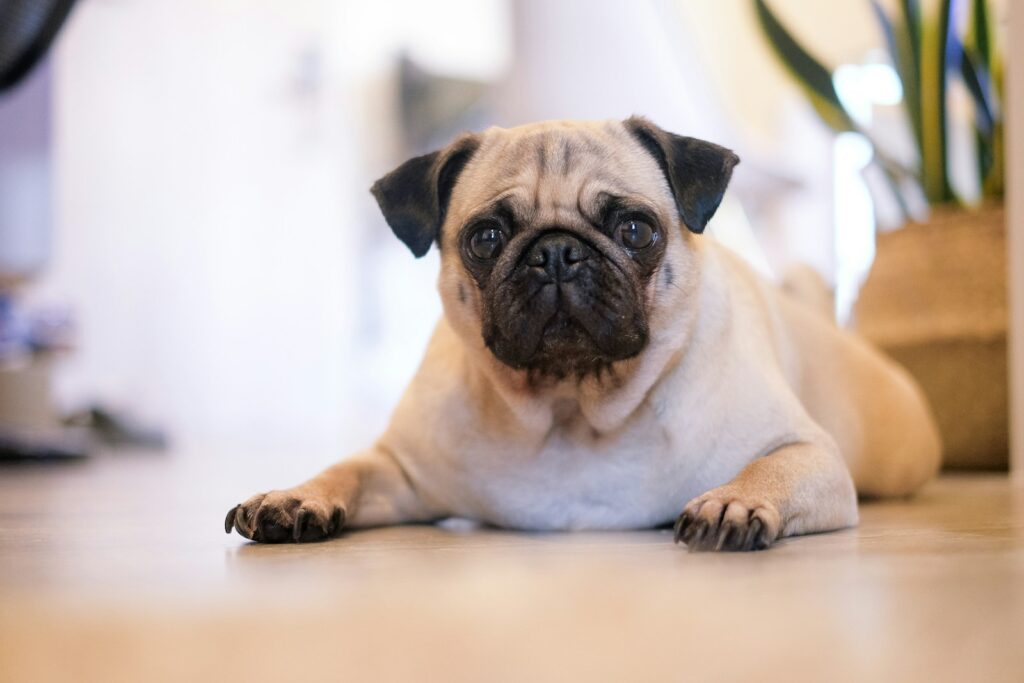
Pugs are adorable and full of personality, but their short noses and compact airways make them highly susceptible to heatstroke. These brachycephalic dogs struggle to cool themselves through panting, especially in warm or humid environments. Even short walks in the sun can be dangerous. Pugs should avoid the heat as much as possible and spend the hottest part of the day indoors with a fan or air conditioning. Hydration and rest are essential to their well-being in summer.
Bulldog (English & French)
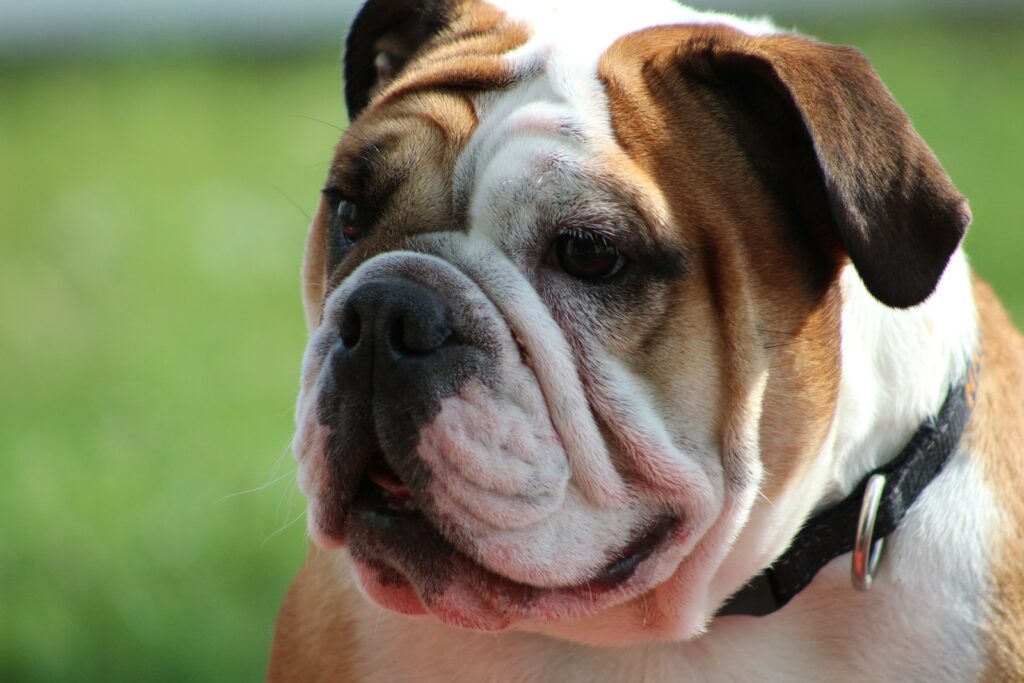
Bulldogs—both English and French—are notorious for their poor heat tolerance. Their short snouts and flat faces make it difficult to breathe properly, especially when it’s hot. These dogs often don’t realize when they’re overheating and will keep playing or walking until they collapse. Owners must take the lead by limiting their activity, offering frequent water breaks, and avoiding hot surfaces.
Chow Chow
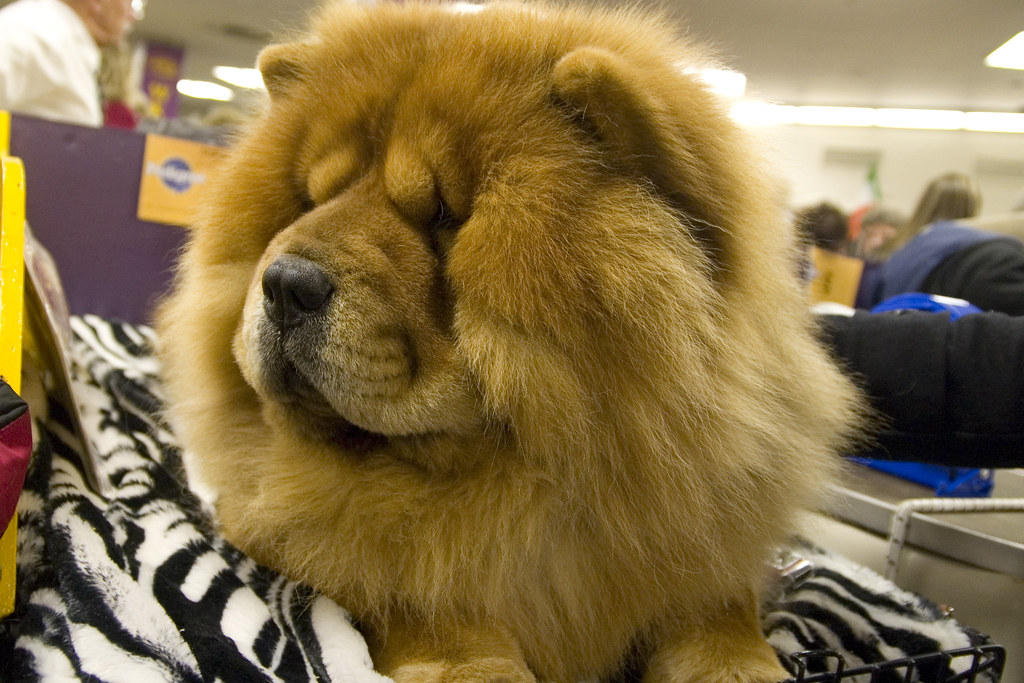
The Chow Chow’s thick, lion-like coat is one of its most recognizable features—and also one of its biggest challenges in the heat. Originally from cold northern China, this breed isn’t equipped to handle high temperatures. Chows can quickly become irritable or sluggish when they’re too warm. They require daily grooming to reduce trapped heat and should never be overexerted in the sun.
Newfoundland
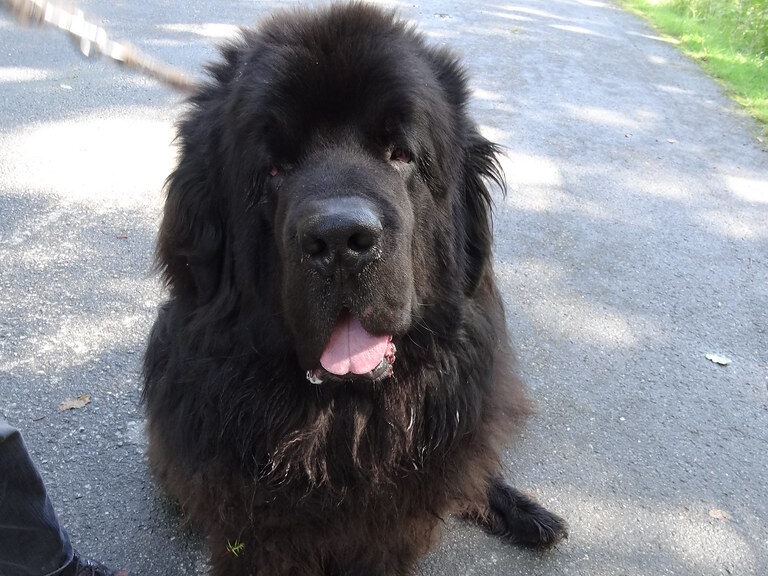
Known for their strength and swimming ability, Newfoundlands were bred to work in icy waters and cold climates. Their dense, water-resistant coat offers excellent protection in frigid environments but becomes dangerously hot in the summer. These dogs are large and slow-moving, which makes it harder for them to cool down. They may enjoy a dip in a pool, but land-based activity should be minimal in the heat. Even indoors, they need fans or air conditioning to stay cool.
Akita
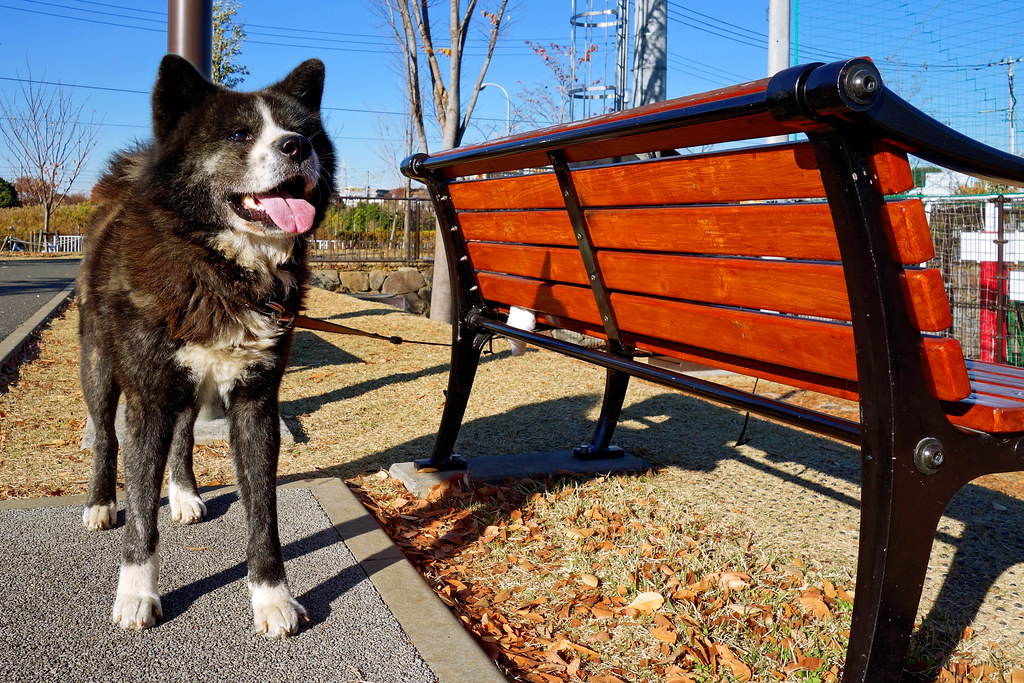
Akitas have a beautiful, plush double coat that keeps them warm in the snowy regions of Japan—but it turns into a heat trap during warm weather. Their calm and reserved nature means they may not show discomfort immediately, making it even more important for owners to manage their exposure to the heat. They need short, shaded walks and lots of cool water.
Shih Tzu
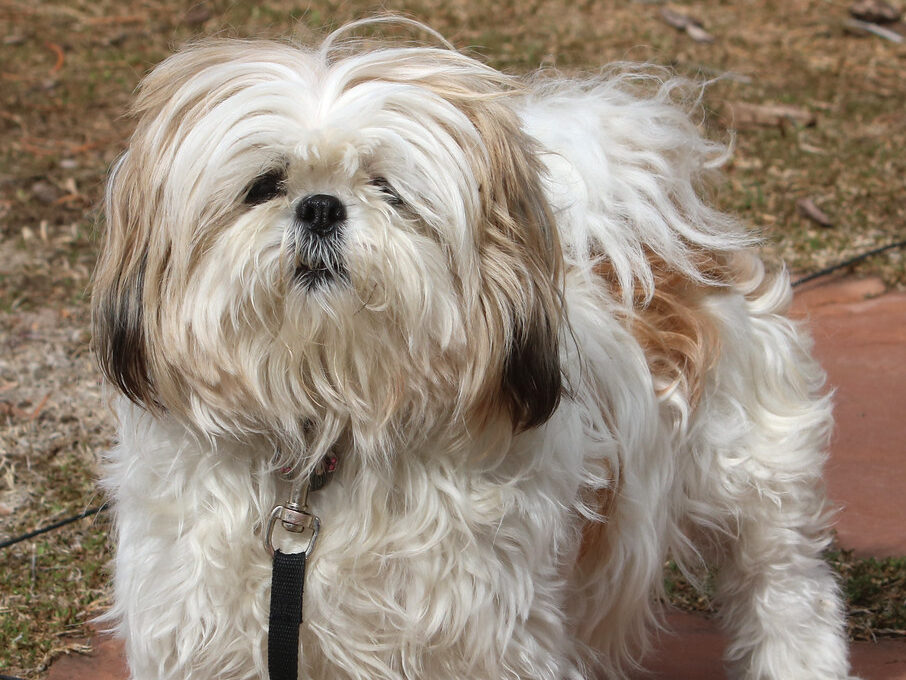
Shih Tzus are royal lapdogs that were bred for companionship rather than activity. Their luxurious long coats and flat faces combine to create a real challenge in hot weather. They’re not effective at panting to release body heat, which makes them susceptible to overheating. Grooming is essential to remove excess insulation, and time outdoors should be kept to a minimum.
Cavalier King Charles Spaniel
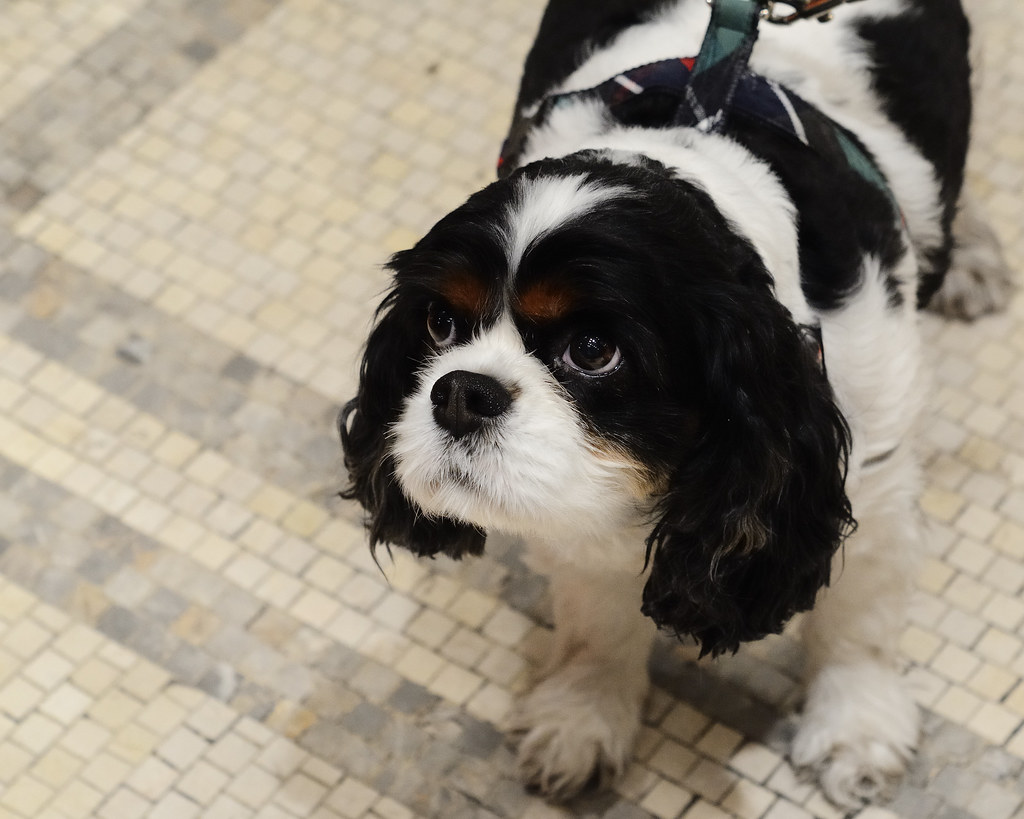
Cavalier King Charles Spaniels are sweet, gentle dogs with a tendency to overheat due to their shortened snout and fluffy coat. They love being near people and often follow their owners around, even into uncomfortably warm environments. However, their ability to tolerate heat is low, and they may begin to pant excessively or collapse if they overdo it.
Bernese Mountain Dog

Bernese Mountain Dogs have thick, tri-colored coats and were bred to herd livestock in the cool Swiss Alps. Their fur is excellent for insulation in winter, but it quickly becomes overwhelming in warmer climates. Their large size and dark coat make them especially prone to overheating. They are not well-suited for hot summers, and any physical activity should be carefully timed and monitored.
Lhasa Apso
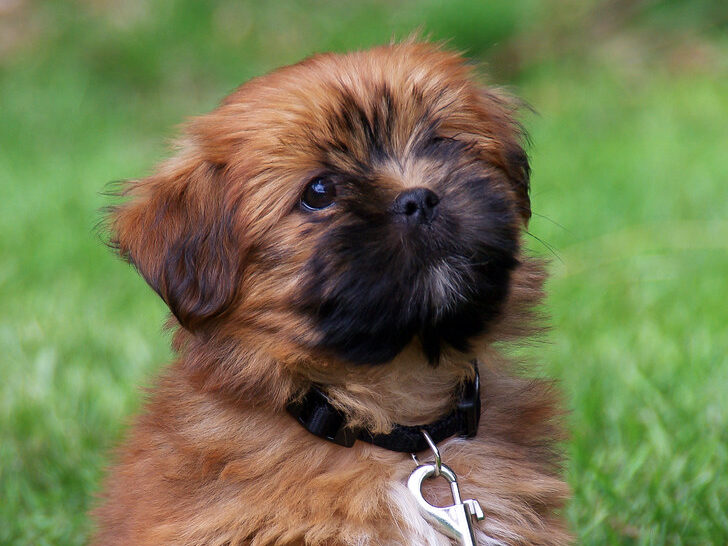
The Lhasa Apso is a small dog with a big coat—originally developed to guard Tibetan monasteries at high altitudes. Their thick, flowing fur is perfect for cold climates but becomes a burden in hot weather. Combined with their small airways, they don’t cope well with heat and need special attention during the summer. Regular grooming, air conditioning, and limited time outdoors are key to keeping them comfortable and preventing overheating or heatstroke.
Boston Terrier
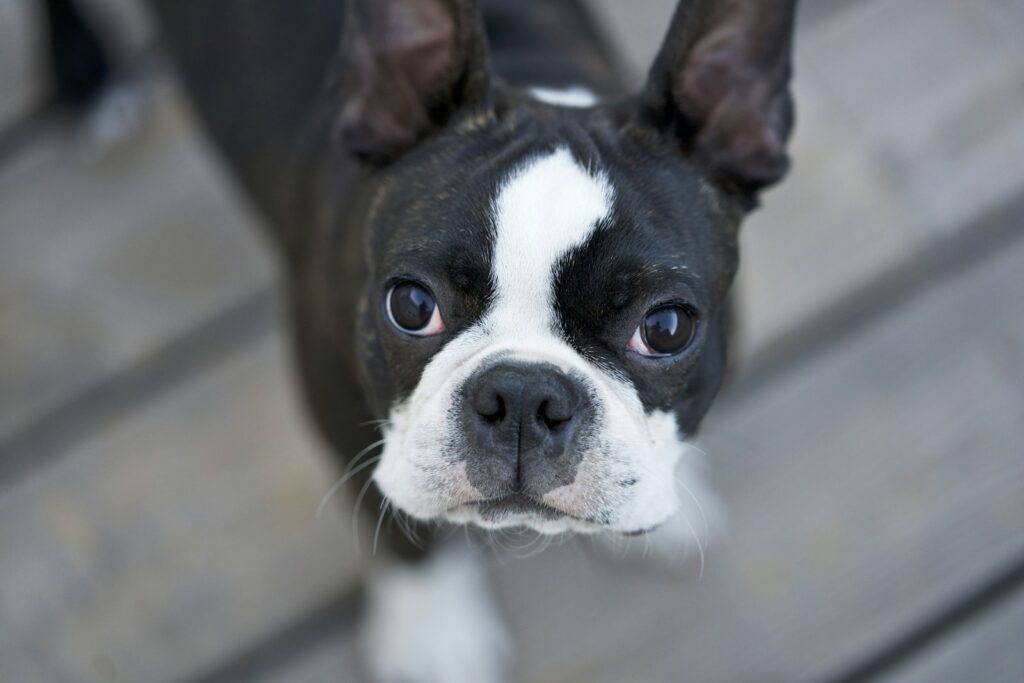
Boston Terriers are cheerful and full of energy, but their brachycephalic skull structure (short, flat face) puts them at a disadvantage in warm conditions. They don’t pant efficiently and can overheat even during short outdoor play. Their small size may make them seem manageable, but they require close supervision and immediate cooling off if they start to pant excessively or seem distressed. A shady backyard and lots of indoor time are best during hot days.
Tibetan Mastiff
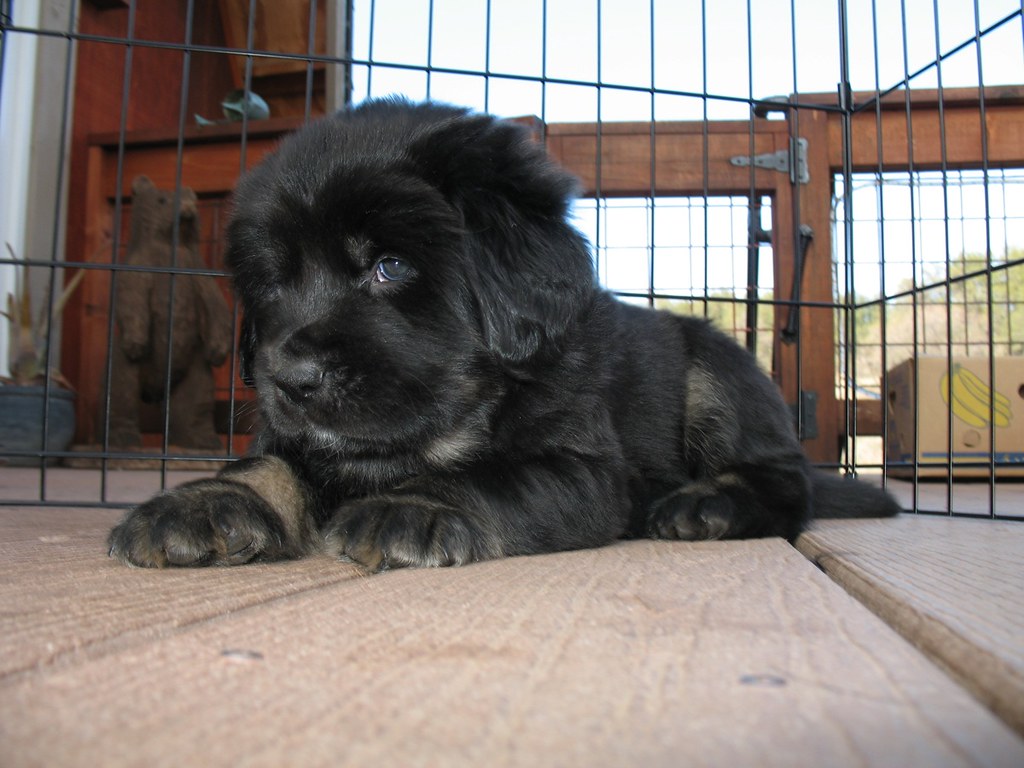
Bred to guard livestock and monasteries in freezing Himalayan regions, Tibetan Mastiffs are built for cold weather, not summer heat. Their thick double coats insulate them against snow and cold, but in warm temperatures, they overheat quickly. These dogs tend to be very still in hot weather, avoiding activity altogether. If they do have to be outside, it should be for very short periods, ideally early in the morning or after sunset. Cool surfaces and airflow are essential.
Pekingese
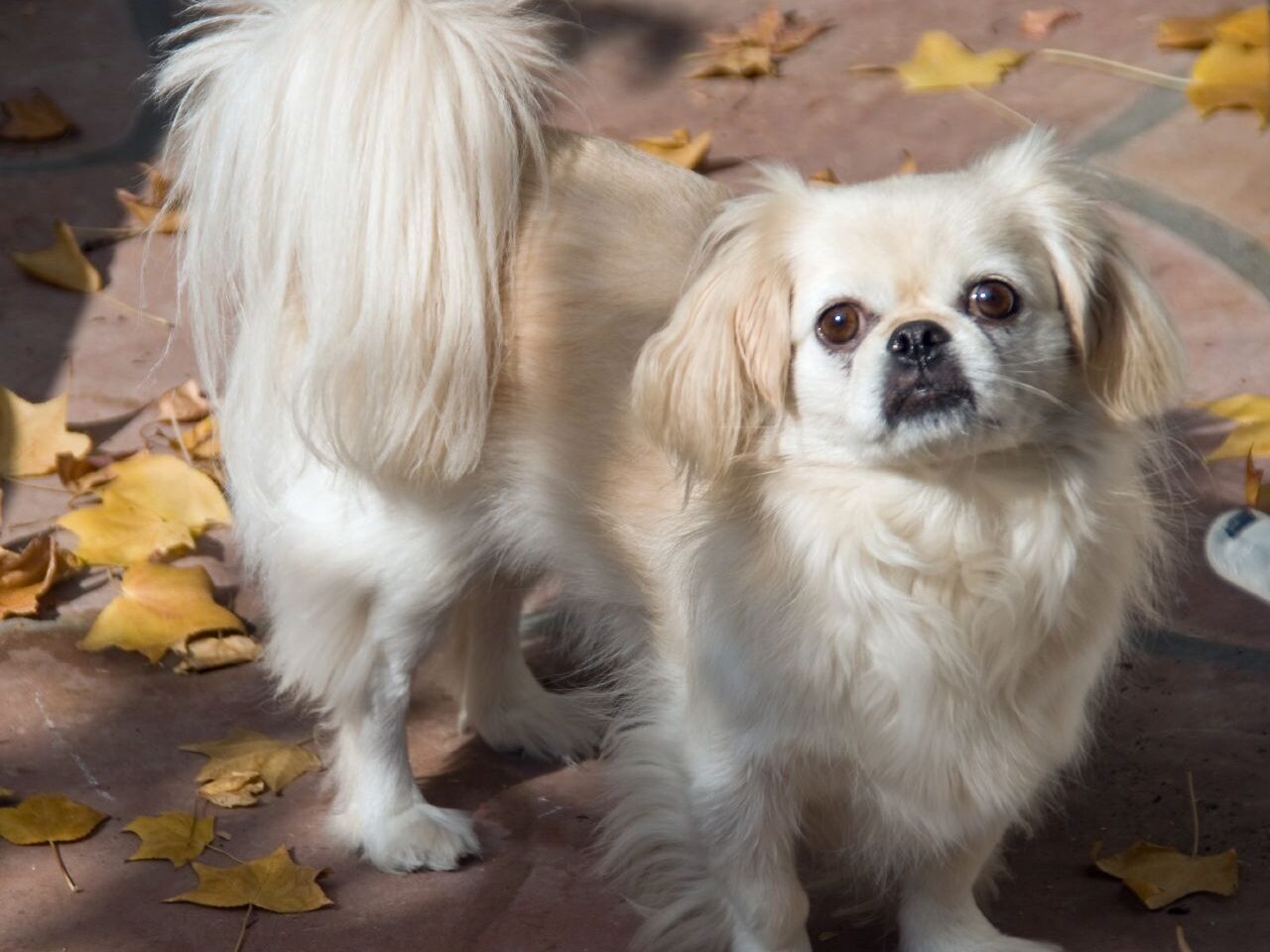
The Pekingese has a compact body, a thick double coat, and a flat face—all things that make summer weather a challenge. Their cooling system simply isn’t efficient, and they can go from playful to overheated in a matter of minutes. While they enjoy attention and companionship, their activity level should be kept very low during warm months. Frequent grooming, air-conditioned spaces, and lots of cool water will help keep this charming breed safe and comfortable.





